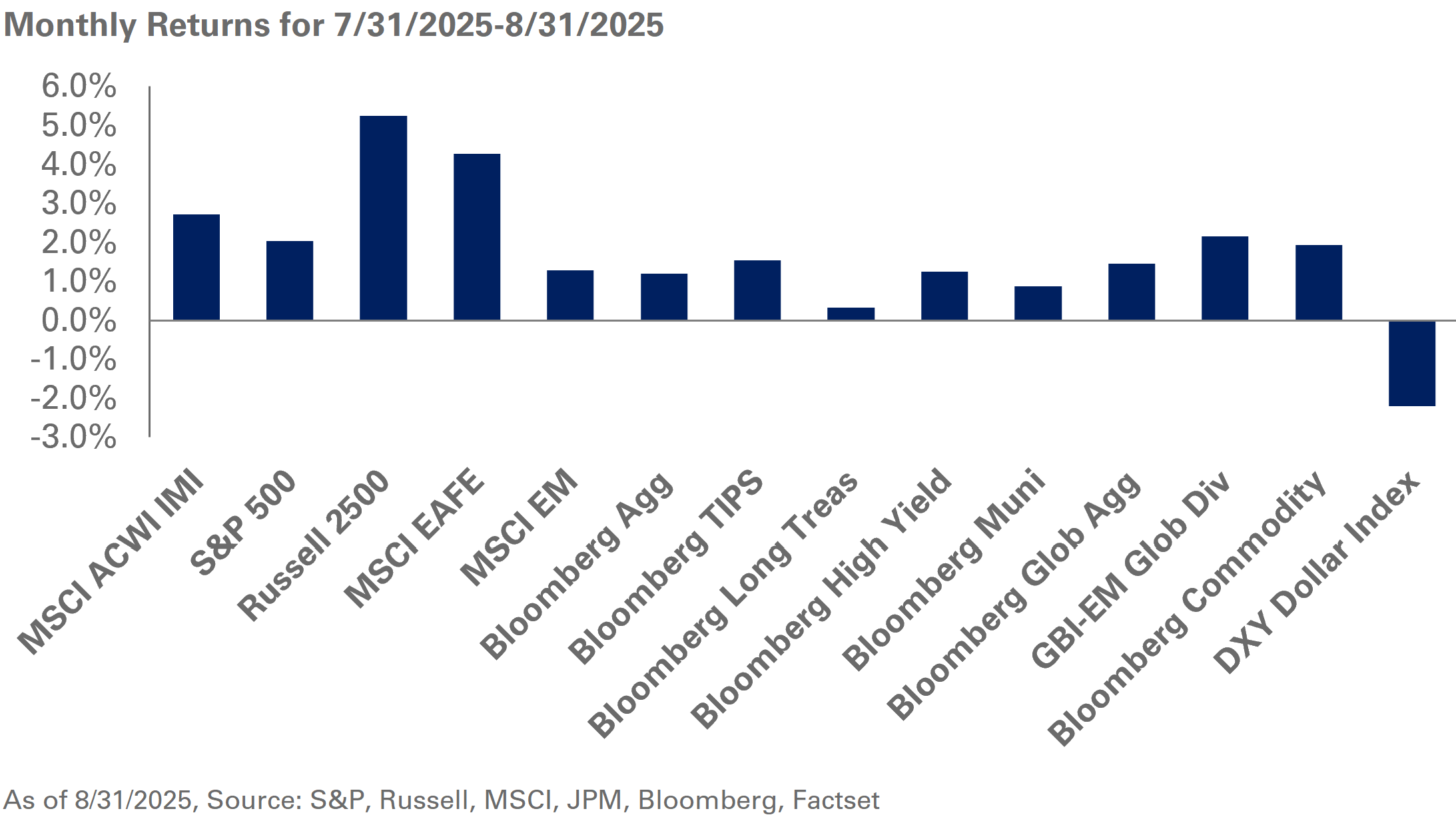NEPC recently hosted the second webinar in our Healthcare Innovation Leaders Series.
In this series, members of our healthcare and research teams discuss changes, opportunities and challenges healthcare systems will likely face in the aftermath of COVID-19.
In this installment, Harry Glorikian, author of “Moneyball Medicine: Thriving in the New Data-Driven Healthcare Market,” and a general partner at Scientia Ventures, joined us to share his views on the direction of the healthcare industry, new trends, and the way healthcare organizations are redefining strategic investing in an era of technological disruption.
We present the recap.
Extensive disruptions to healthcare
COVID-19 has had a dramatic impact on the country and its healthcare system.
An estimated 18 million individuals stopped receiving employer-sponsored healthcare coverage, and through June1, hospitals lost an estimated $200 billion2.
As a result, Glorikian anticipates that the world of healthcare will experience three significant shifts following the COVID-19 pandemic:
- There will be a move to government-funded insurance programs from commercial insurance.
- Funding for Medicare from payroll taxes will change due to pandemic-related job losses, requiring the government to find a more sustainable funding source.
- Individual states will have less tax revenue to pay for Medicaid programs for the poor, creating financial stress.
Ultimately, these changes will result in a significant loss of revenue for healthcare systems. Hospitals already have high fixed costs and thin operating margins. Lower government insurance compensation will likely squeeze those margins further.
The emergence of telehealth
The number of patients going to hospitals for care will probably not return to pre-pandemic levels.
The rapid rollout and success of telehealth have caused some to question whether certain medical appointments are necessary to conduct in person. This acceleration of the de-hospitalization of care has the potential for tremendous cost savings, but it could wreak havoc on hospitals’ bottom lines.
The compound effect of all these issues may mean systems will be financially constrained. Operational cost reductions will take priority under this stressed environment, creating funding challenges for innovation-related investments.
Innovating out of a crisis
Early in the pandemic, healthcare providers that had already built data and telemedicine innovations into their systems had a considerable head start on competitors.
The COVID-19 environment has served as a catalyst; its demand for flexibility has accelerated the launch of innovations which, under normal circumstances, would have taken five to 10 years to implement.
Healthcare systems will continue to face pressure and changes as the pandemic progresses, requiring administrators to shift from reactivity to embracing the new normal. These systems need to be prepared to invest in new ideas. To that end, working directly with general partners who specialize in disruption and innovation should be explored.
Regulatory agencies have also embraced change, stepping in to remove red tape and making care more accessible and effective.
For example, the move by the Center for Medicare and Medicaid Services to reimburse telehealth services at parity with in-person appointments was a massive incentive for systems to implement these services rapidly and at scale. Such new methods of care have the potential to keep both doctors and patients safer in the COVID-19 environment.
The shift to a more digital model, along with some easing in processes for obtaining licenses and credentials in different states, has the potential to drive significant efficiencies in healthcare in the long term.
Health systems as insurers
Glorikian believes that the healthcare industry is going through what he calls, “The Great Healthcare Reset.”
From his perspective, the optimal approach for healthcare systems is to add insurance arms to support this shift to a value-based care model. This method would allow systems to use premiums generated through insuring patients to help offset the expected drop in revenue associated with changes brought on by the pandemic.
The expansion of healthcare systems to include insurance arms would not only align better with patients’ needs, but also encourage healthcare providers to invest more significantly in digital health and digitally-enhanced care.
A shift of this nature would also provide better access to data to support automation and advanced analytics that would, in turn, allow systems to improve their clinical care and operational efficiency.
How healthcare organizations are approaching their strategic investing programs
During our discussion, Glorikian shared the power of information, technology and their applications. Here are the new trends he’s seeing in healthcare:
- Digital technologies that can identify COVID-19 and other diseases and illnesses before patients experience symptoms.
- The growing acceptance of wearable devices, like the Apple Watch, which capture and provide data 24/7; the digital biomarkers that these tools gather, such as heart function, body temperature and weight changes, will be key to identifying diseases earlier.
- The use of virtual drug trials, which will result in treatments coming to market sooner.
Glorikian noted that part of strategic investing is simply being aware of the available technology and where trends are heading.
He pointed out the need to be cognizant of shifts in business models and brought up Facebook as an example of a large technology company that has recently been engaging with venture capital funds to stay abreast of emerging technologies.
Partnering, monitoring and education are three keys investors can use to determine how to allocate resources.
The power of data in healthcare
The importance of data cannot be overstated, and healthcare systems need to develop strategies for managing it across multiple dimensions. Data must be of high quality as well as high volume to ensure it is robust enough to support decision-making.
Institutional administrators should maintain an interest in how data can be used most effectively, whether for operational efficiencies or patient-focused applications, such as precision medicine and patient engagement.
Other emerging areas include predictive analytics and the use of artificial intelligence (AI) and machine learning. As the datafication of healthcare continues to expand, it will bring new players with new approaches into the healthcare sphere.
On an encouraging note, Glorikian commented that due to the current rapid rate of change, factors that would have been classified as roadblocks in the past are now seen as minor bumps in the road. He has observed an unprecedented leapfrogging of capabilities around the use of data.
Institutions need to understand how to manage their data. However, because not enough recent graduates possess the necessary skill sets to implement these frameworks, institutions will need to identify groups they can work with through the power of investment.
While data and technology can lead to breakthroughs, it is their implementation that will drive success. The best solutions leverage both technology and the experience of doctors and nurses to produce positive outcomes for patients.
The Great Healthcare Reset
In closing, Glorikian noted the three key takeaways for healthcare systems as part of the Great Healthcare Reset, which are:
There’s been a shift to value-based care that’s been accelerated by the pandemic. Healthcare systems will increasingly look to provide insurance to patients to offer better alignment and incentives.
Digitally-enhanced care will continue to emerge and evolve.
Automation and analytics will be key to the success of healthcare systems in a post-COVID-19 world.
Looking ahead, Glorikian is hopeful that new innovations will help to overcome the technological disruptions facing healthcare systems today.



